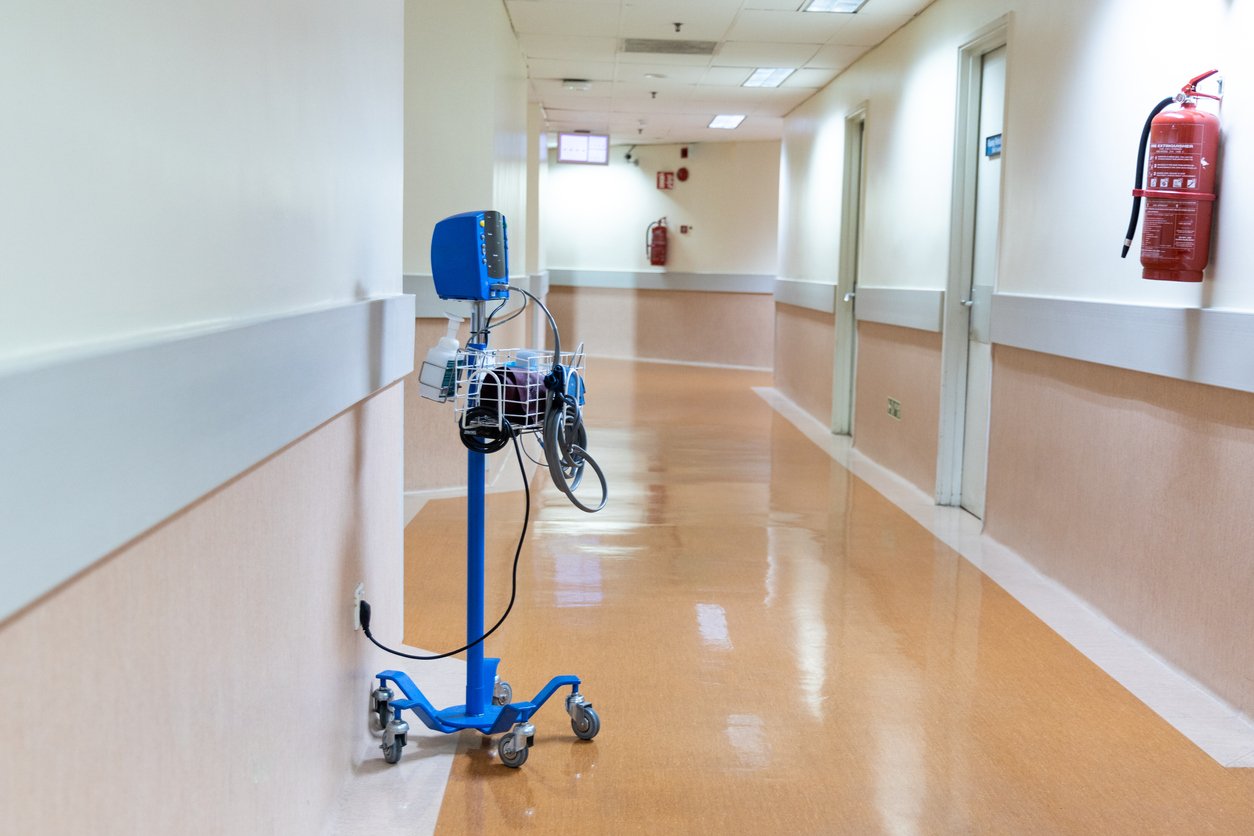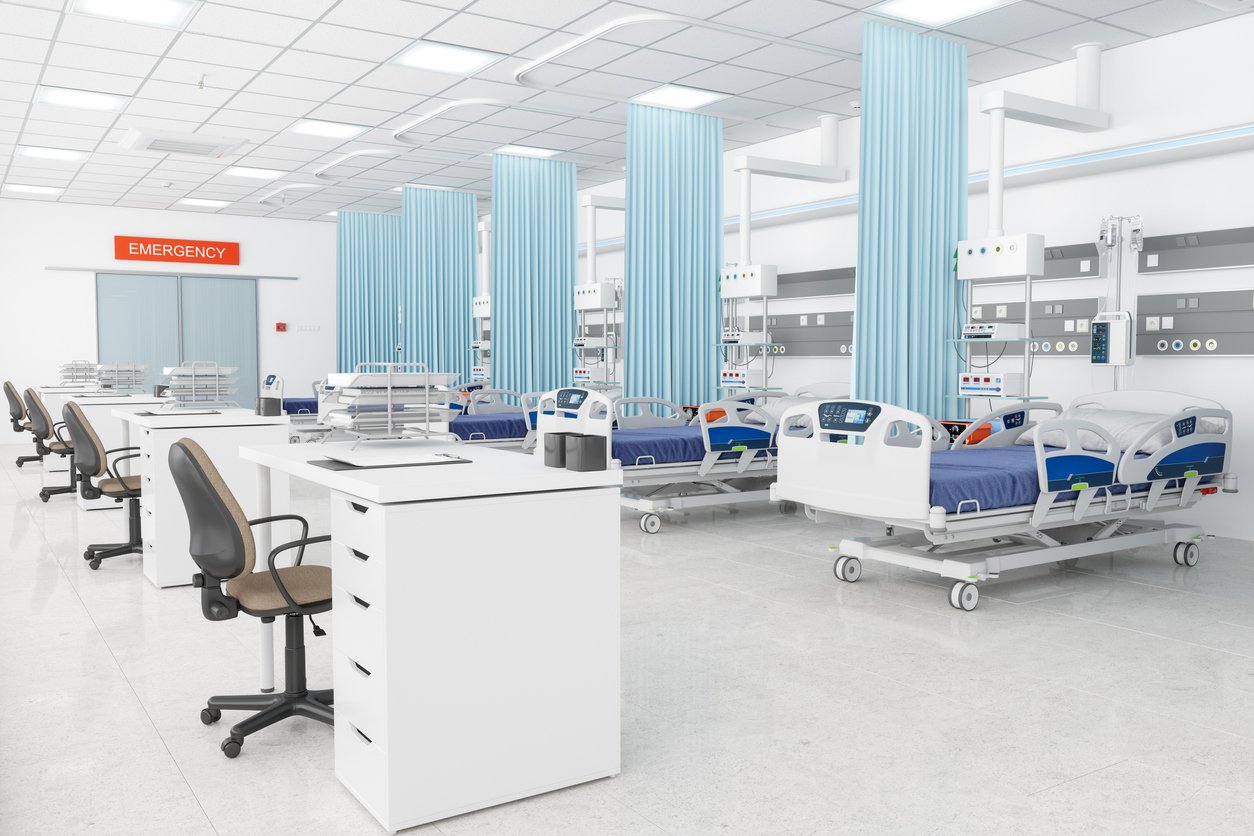One of the primary goals in all healthcare systems is to come up with new ways to make healthcare more cost effective. To do this, most organizations have turned to supply chain management—a function that comprises almost half of the operating expenses of healthcare facilities and hospitals.



















